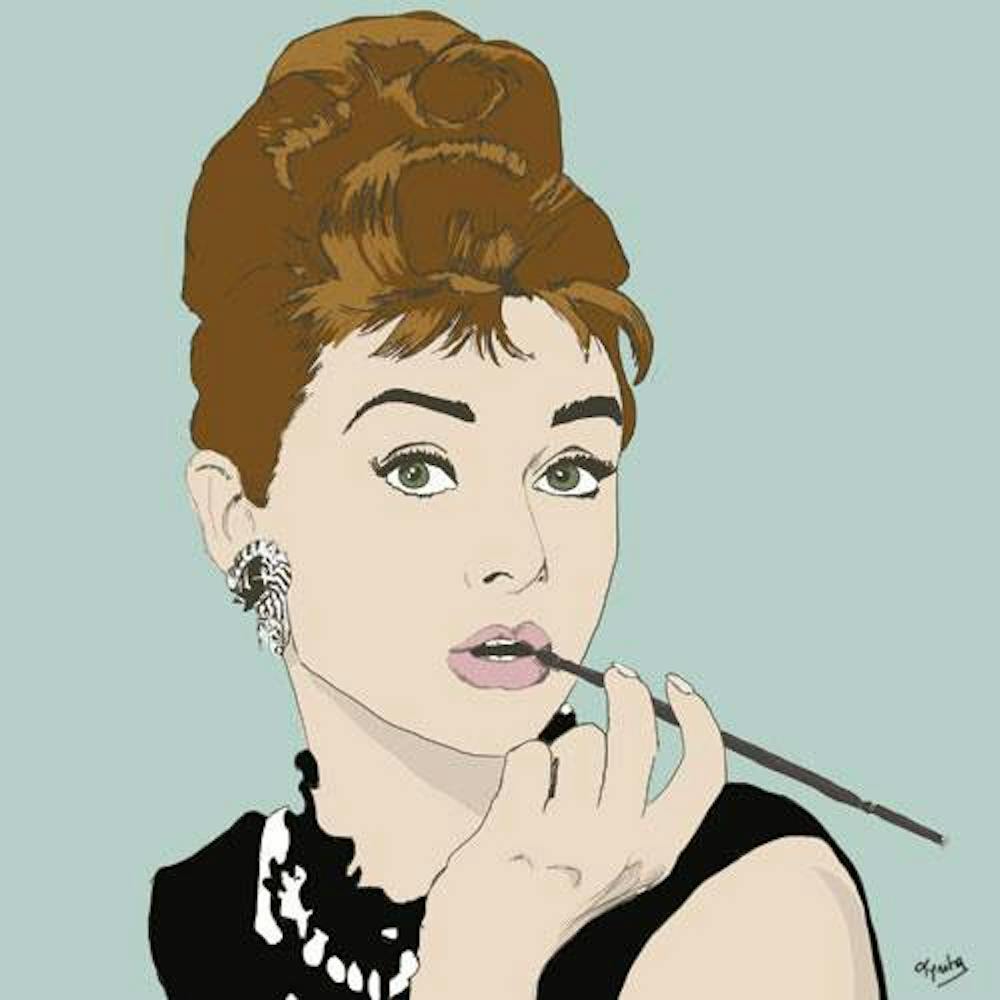I remember the first time I ever heard the phrase “manic pixie dream girl"—it was as though millions of tiny puzzle pieces clicked together in my head. It was a concept I had been aware of, something that had long frustrated me. It was the phrase that sat at the tip of my tongue for every heroine that fell flat, every female character that managed to strike just the wrong nerve. I knew something wasn’t quite right, but until that moment I was helpless when it came to articulating my grievances.
A manic pixie dream girl is defined as “a female character whose main purpose within the narrative is to inspire a greater appreciation for life in a male protagonist.” Essentially, a manic pixie dream girl is synonymous with a cardboard cutout who the male protagonist uses as a tool for character and plot development.
She’s too perfect, too quirky, and too idealized to ever be real, and that’s exactly what makes her so easy to fall in love with and just as easy to let go. Although the term was coined by Nathan Rabin in 2007 during his review of Elizabethtown, the persona has been around for a lot longer than that and will probably continue to exist in less obvious forms for at least the next few decades.
Take, for example, almost any Audrey Hepburn movie. The roles she played were always whimsical to the point of surrealism, and she never really underwent the character development typical of a protagonist. The best example of this would be Roman Holiday, the quintessential Hollywood classic starring Hepburn and Gregory Peck. As a die–hard fan, even I have to admit that Princess Anne is solely utilized to help Joe Bradley reach personal revelations. Purely one–dimensional, Hepburn’s character alone could not support an entire movie plot, let alone a pivotal scene or two.

Photo By: Florencia Perez Colman // CC BY-NC 4.0
Her characters are the epitome of the manic pixie dream girl, yet the concept hadn’t even been established at that point in time. Look at almost any romantic film told from a man's point of view and you’ll spot them: the cool girls, the outsiders, the ones with bangs adorning their faces who smoke skinny cigarettes and dance in the rain. The trope is so easily recognizable and prevalent, it’s almost sickening.
It doesn’t occur in just Hollywood films. As an Indian–American, I was brought up surrounded by Bollywood. Even as a child, I often found myself enraged beyond belief after watching yet another conventionally attractive heroine sit still and look pretty throughout a three–hour film, but my frustrations were always dismissed by everyone I attempted to discuss this with. I was told that it was simply how women were portrayed, but to me it provided incredible insight into how women were viewed in society as a whole, not just in the film industry. It isn’t as though a cardboard female character would be created with no basis in reality. Women are portrayed as manic pixie dream girls in male–centered films because women, for a majority of history, were thought to be manic pixie dream girls. That revelation, as opposed to the trope itself, is what often gives me pause after every 500 Days of Summer–esque film.
Because of the widespread public aversion that came with it, Hollywood has begun to stray from the archetype. However, its lasting impacts are still seen today. Her, lauded as one of the best films produced in recent years, even contains traces of the manic pixie dream girl trope through the persona of Samantha. If asked to describe Samantha's personality, her development throughout the film, and how the plot contributes to her character development, most audience members of the movie would probably return blank stares. However, Samatha's impact on Theodore, our protagonist, and his progression is so pronounced it's almost unsettling, clearly demonstrating the one–dimensional nature of her persona. Even a non–human being of artificial intelligence, apparently, can be a manic pixie dream girl.
This manic pixie–ness is especially pronounced in the young adult film industry, a genre catering to a group of youths desperately clinging to any bits of fairytale they can get. High schoolers and middle schoolers flock to watch and read stories of utopian romance, longing for their unattainable Edward Cullen or some other equivalent character. It's rife with manic pixie, filled with Sams (The Perks of Being a Wallflower) and Margo Roth Spiegelmans (Paper Towns). It's hard to watch, but it's even harder to look away.
Although we may not see a blatant manic pixie dream girl on the big screen anytime soon, we as viewers need to be aware of the remains of this trope that linger in every romance. They might look, sound, and speak like real women, but they are far from what constitutes reality. The less we will them into existence with our imaginations and our hearts, the faster they’ll fade.

